Amidst the earth’s diverse fauna, birds stand out as dynamic bursts of color, flying high with vibrant splendor. However, beneath the surface of this vivid display lies a hidden narrative of survival and environmental challenges. As we explore 20 of the world’s most colorful birds and their unique habitats, we also glimpse the delicate balance each species maintains in its environment. For our discerning and slightly older audience, this journey isn’t just about appreciating beauty; it’s a call to recognize and protect the fragile worlds these birds call home.
1. Scarlet Macaw: The Rainforest’s Rainbow
Habitat: Tropical Rainforests of Central and South America

The Scarlet Macaw is a brilliant embodiment of the rainforest’s exuberance. With feathers flaunting a bold red, yellow, and blue, these birds bring the canopy to life. Yet, their vibrant world is dimming due to deforestation and illegal pet trade. Preserving their habitat is critical to keeping the rainforest alight with color.
2. Peacock: The Pinnacle of Pride
Habitat: Forests and Grasslands of India and Sri Lanka

The Peacock’s iridescent tail feathers are a natural spectacle, shimmering with an array of colors. These ground-dwellers find solace in the underbrush, but their habitats are shrinking, making their future uncertain. Protecting these regal birds means safeguarding the forests and grasslands they roam.
3. Lilac-breasted Roller: The Sky’s Canvas
Habitat: Open Woodlands and Savannas of Sub-Saharan Africa
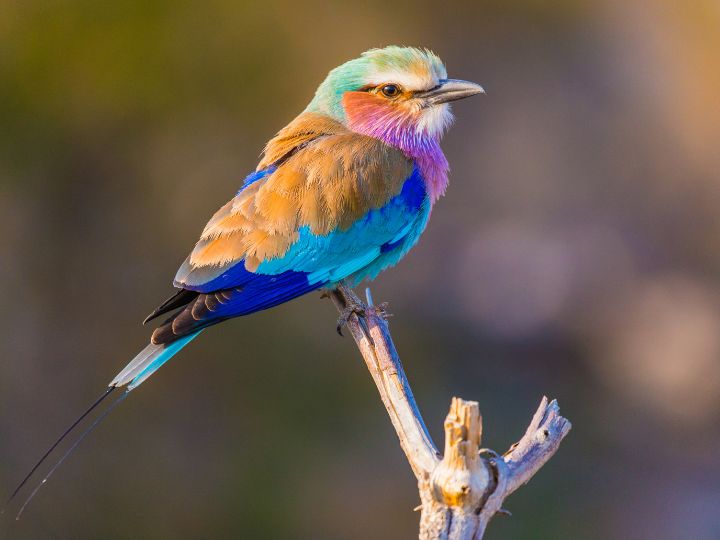
With over eight different colors on its body, the Lilac-breasted Roller is a flying masterpiece. They thrive in open woodlands and savannas, but as these spaces diminish, so does the stage for their aerial acrobatics. Conserving their habitat ensures the sky remains a canvas for their display.
4. Mandarin Duck: The Aquatic Artist
Habitat: East Asian Rivers and Lakes

The Mandarin Duck is a moving mosaic of colors. Preferring the tranquil rivers and lakes of East Asia, these ducks face threats from habitat loss and pollution. Clean, protected waterways are crucial to maintaining the beauty and health of these vibrant waterfowl.
5. Rainbow Lorikeet: The Nectar Nomad
Habitat: Australian Rainforests, Coastal Bush, and Woodland Areas
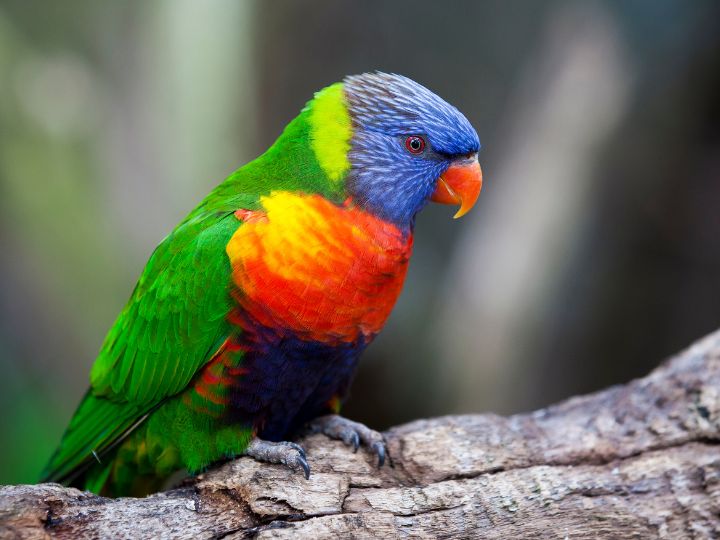
Rainbow Lorikeets are as colorful as their name suggests, adorned with a spectrum of hues. Their survival is intimately tied to the flowering trees from which they feed. As urban sprawl continues, preserving their natural buffet of nectar and pollen is vital.
6. Painted Bunting: The Hidden Gem
Habitat: North America’s Brush Areas and Woodlands
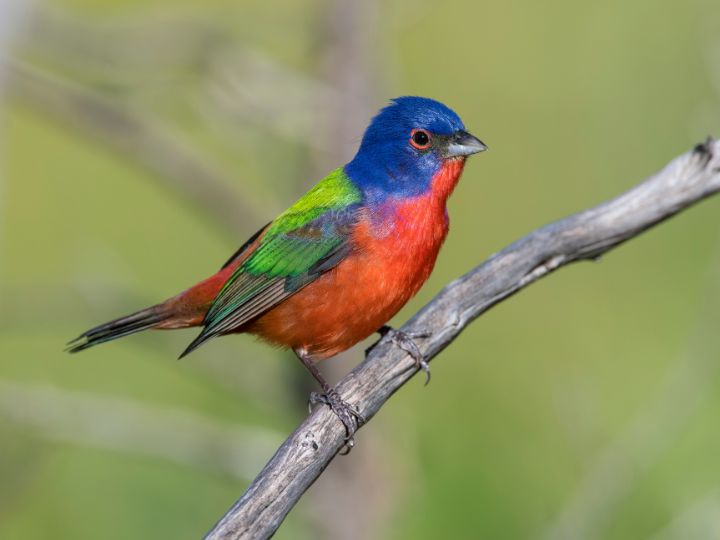
The Painted Bunting is a small bird with a big palette, boasting an array of bright colors. They prefer thick brush and woodland edges, habitats increasingly under threat from human activity. Protecting these areas is crucial for keeping these little birds singing.
7. Kingfisher: The River’s Jewel
Habitat: Lakes, Rivers, and Coasts Worldwide

Kingfishers are a global testament to color, with each species flashing its own vibrant hues. These birds are dependent on healthy water bodies teeming with fish. Pollution and river damming present significant threats to their watery world.
8. Keel-billed Toucan: The Tropical Ambassador
Habitat: Forests of Central and South America
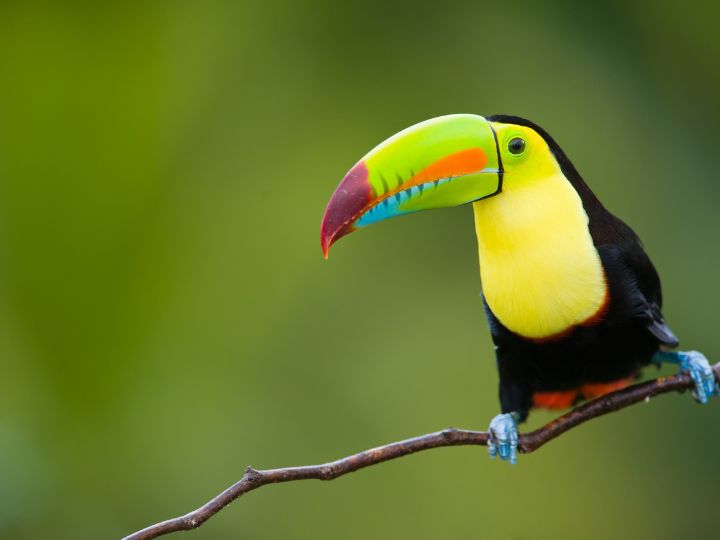
The Keel-billed Toucan, with its rainbow-colored beak, is a symbol of the tropical forest. However, these forests are disappearing at an alarming rate, threatening the toucan’s survival. Protecting these birds means fighting for the forests they call home.
9. Golden Pheasant: The Ground’s Royalty
Habitat: Forests of Western and Central China
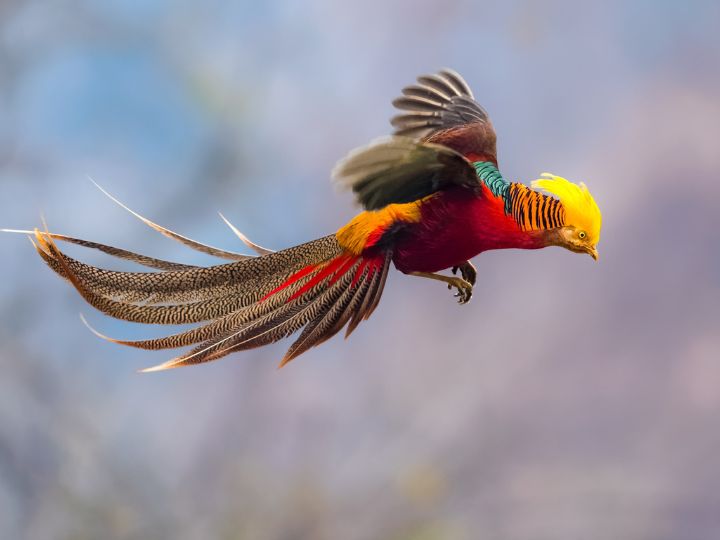
Golden Pheasants light up the forest floor with their brilliant plumage. These elusive birds are increasingly hard to find as their habitats face pressures from logging and agriculture. Conserving forested areas is key to their continued presence.
10. Flamingo: The Salt Lake Wader
Habitat: Alkaline Lakes and Coastal Lagoons Worldwide
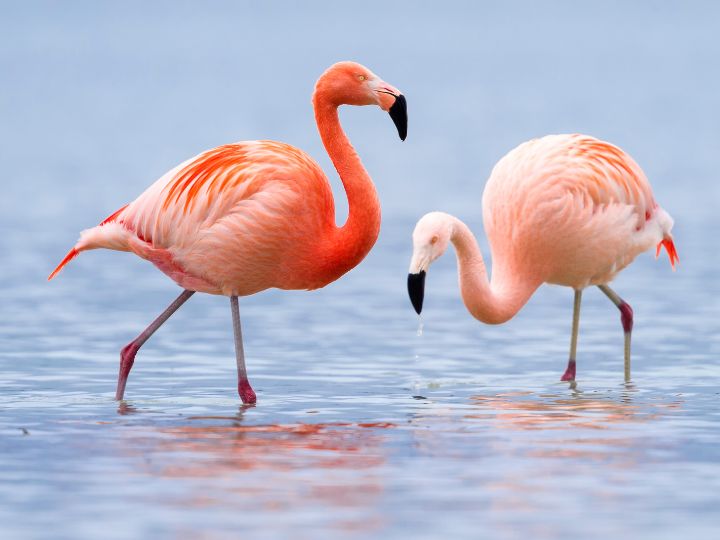
Flamingos, with their striking pink feathers, are synonymous with wild, aquatic places. They rely on the unique conditions of alkaline lakes and lagoons, ecosystems facing disruption from climate change and industry. Protecting these waters is essential for the flamingo’s survival.
11. Blue Jay: The Forest’s Voice
Habitat: North American Forests
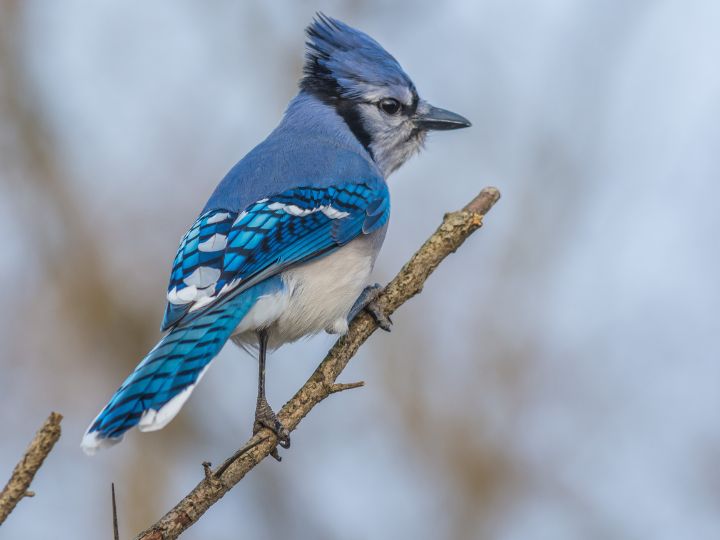
Blue Jays are known for their bright blue plumage and loud calls. As deforestation continues, these forest-dwellers lose their homes and their voices. Conserving woodland areas ensures the Blue Jay’s call doesn’t fall silent.
12. Wilson’s Bird of Paradise: The Rainforest’s Secret
Habitat: The Rainforests of Indonesia
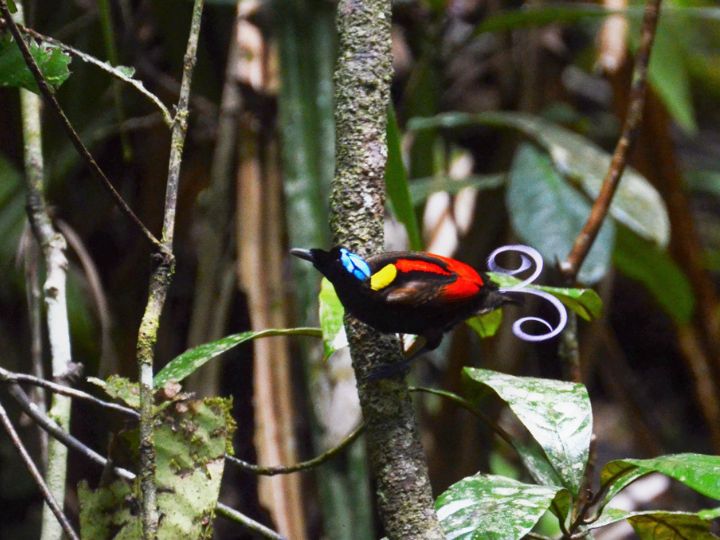
Wilson’s Bird of Paradise is a spectacular display of color and shape, usually hidden deep within the Indonesian rainforest. As these rainforests are cut down, the world risks losing this magnificent creature. Preserving these habitats is crucial for their secretive existence.
13. Resplendent Quetzal: The Cloud Forest’s Crown
Habitat: Cloud Forests of Central America
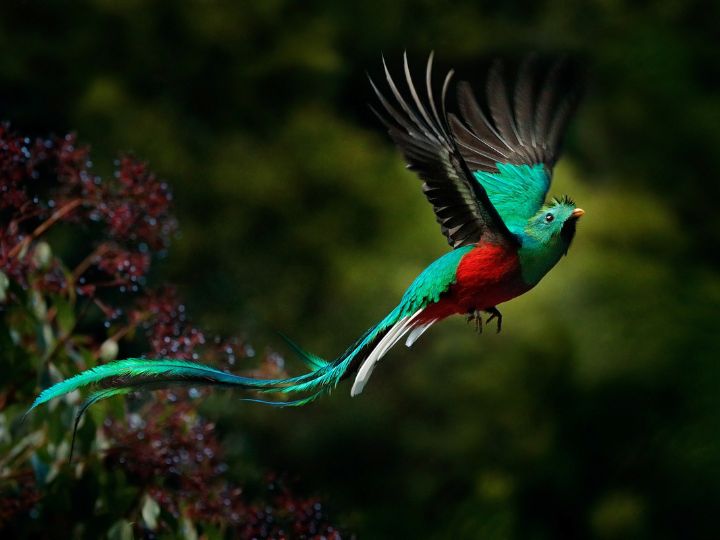
The Resplendent Quetzal is a symbol of freedom with its vibrant green and red plumage. These birds are deeply tied to the misty cloud forests, which are increasingly fragmented. Protecting these birds means preserving the clouds they live among.
14. Atlantic Puffin: The Ocean’s Clown
Habitat: Northern Atlantic Coasts and Islands

Atlantic Puffins, with their colorful beaks and waddling walk, are beloved coastal dwellers. Climate change and overfishing threaten their oceanic buffet, making their future uncertain. Efforts to maintain healthy oceans are vital for their survival.
15. Horned Sungem: The Garden’s Dancer
Habitat: South American Tropics and Subtropics

The Horned Sungem is a dazzling hummingbird, its body a shimmering array of colors. They flit through gardens and forests, dependent on a variety of flowering plants. Protecting their diverse habitats ensures these tiny dancers continue to thrive.
16. African Grey Parrot: The Wise Colorist
Habitat: African Rainforests
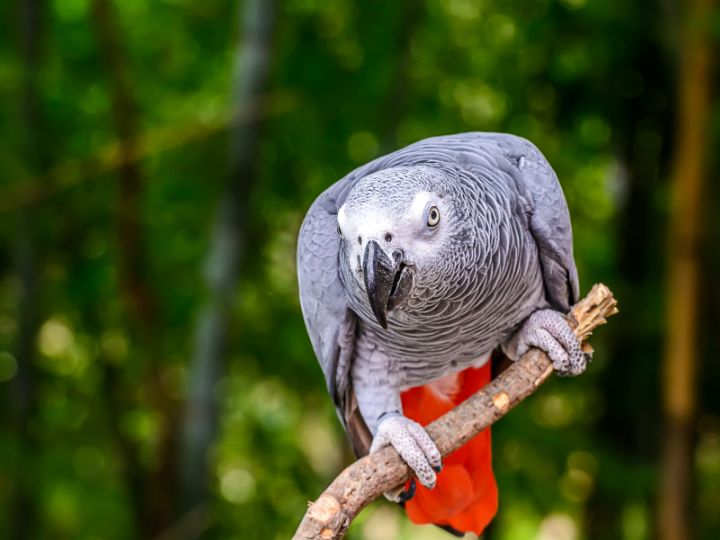
The African Grey Parrot may not be the most colorful, but its intelligent eyes and red tail feathers hint at a deeper beauty. These rainforest dwellers face threats from the pet trade and habitat loss. Safeguarding their homes is key to preserving their wisdom.
17. Northern Cardinal: The Backyard Beacon
Habitat: North American Woods and Gardens
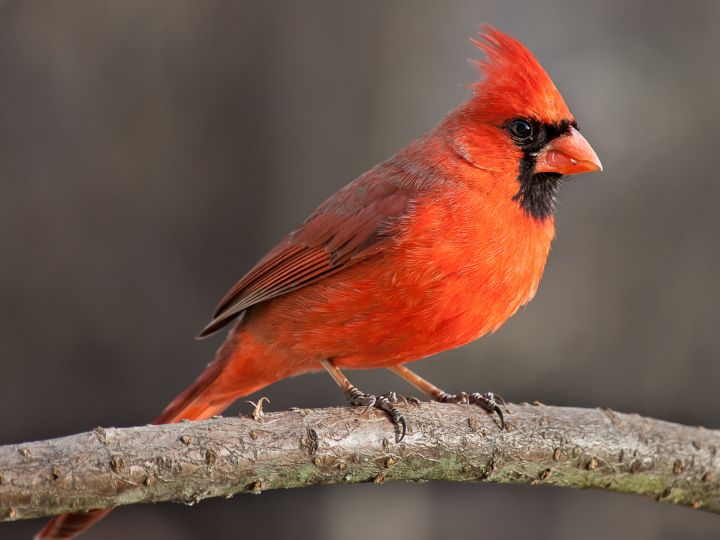
The Northern Cardinal is a flash of red against the snow, a common sight in many backyards. Urbanization and climate change pose risks to their habitats. Creating bird-friendly spaces can help ensure their bright presence remains a familiar comfort.
18. Bali Myna: The Island’s Treasure
Habitat: Forests of Bali
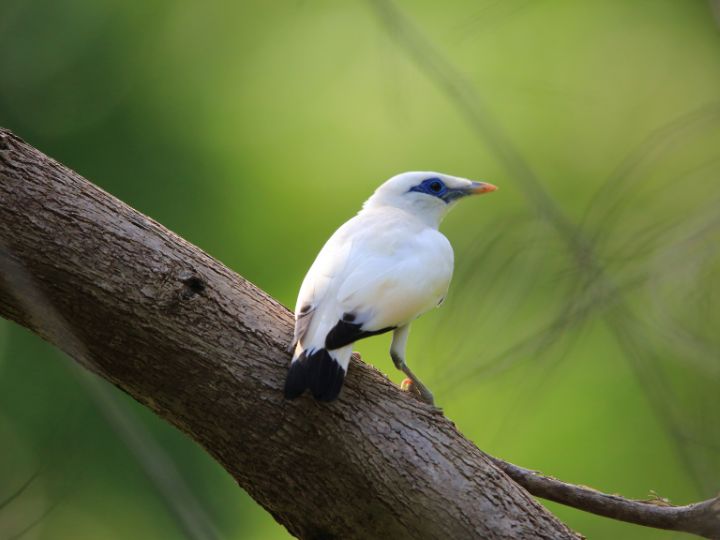
The Bali Myna is a stunning white bird with blue patches around its eyes and a touch of black on its tail. Endemic to Bali, habitat loss and illegal pet trade have brought them to the brink of extinction. Protecting the forests of Bali is critical for their survival.
19. Paradise Tanager: The Rainforest’s Rainbow
Habitat: Amazon Rainforest
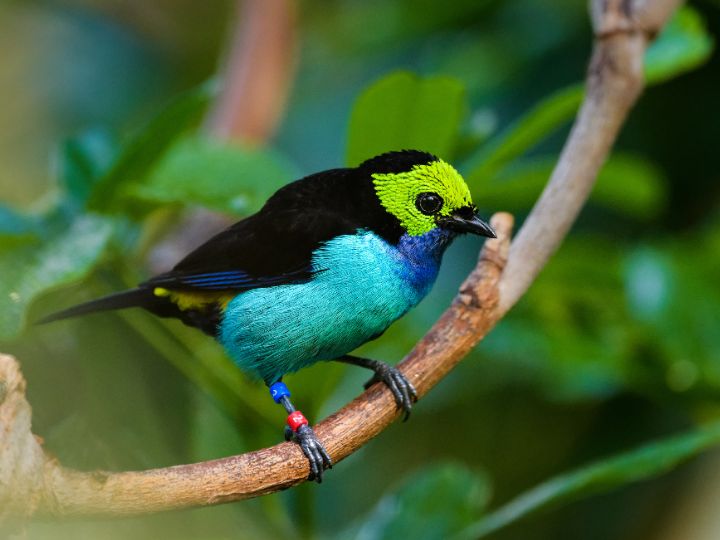
The Paradise Tanager is a living rainbow, its body an array of vibrant colors. As the Amazon faces unprecedented fires and deforestation, the future of these bright birds hangs in the balance. Preserving the Amazon is essential for their survival.
20. Victoria Crowned Pigeon: The Forest’s Monarch
Habitat: New Guinea’s Lowland and Swamp Forests

The Victoria Crowned Pigeon, with its elegant crest and deep blue feathers, is a regal sight in New Guinea’s forests. As logging continues to threaten these areas, the pigeon’s kingdom is under siege. Protecting these forests is crucial for keeping this monarch on its throne.
Conclusion
The world’s most colorful birds are more than just a feast for the eyes; they are a reminder of the intricate and fragile web of life that connects us all. Their vivid presence brightens our world, but it also carries a message of urgency. As we marvel at their beauty, let’s not forget the responsibility we share to protect their habitats and ensure that future generations can also witness the spectacular avian tapestry of our planet.
Becky is a fervent wildlife enthusiast and pet care expert with a diploma in canine nutrition. Her love for animals stretches beyond the domestic, embracing the wild tapestry of global fauna. With over a decade of experience in animal welfare, Becky lends her expertise to OutlandishOwl through insightful articles, captivating wildlife information, and invaluable guidance on pet nutrition. Her work embodies a deep commitment to understanding the intricate lives of animals and a passion for educating others on sustaining natural habitats. Becky's hands-on conservation efforts and her knack for translating complex dietary science into practical pet feeding tips make her an indispensable voice for creatures great and small.



